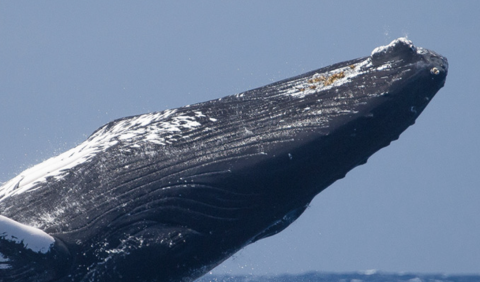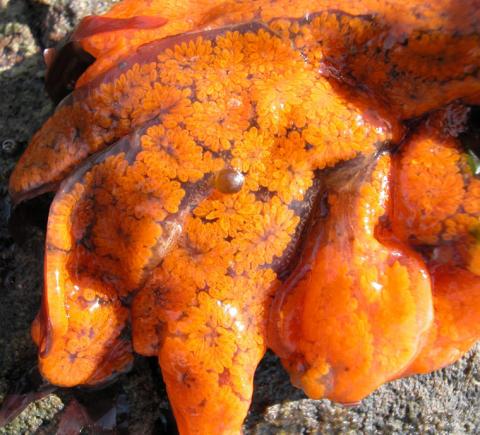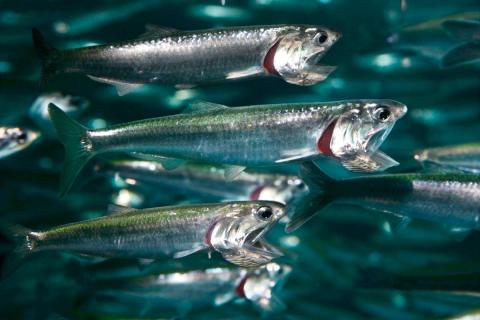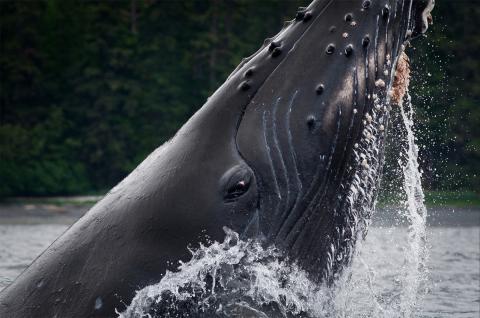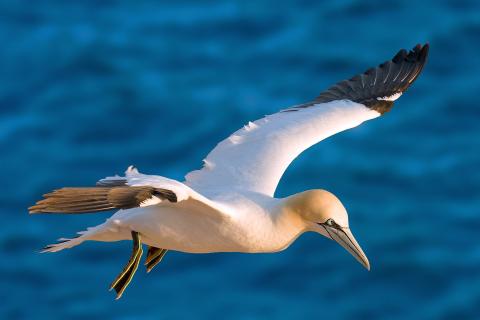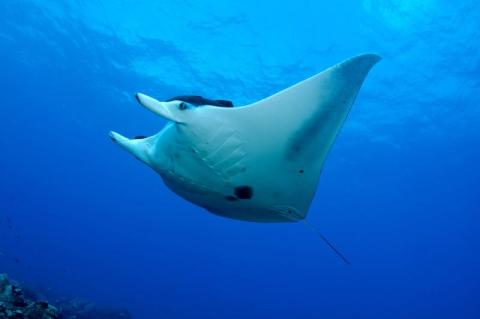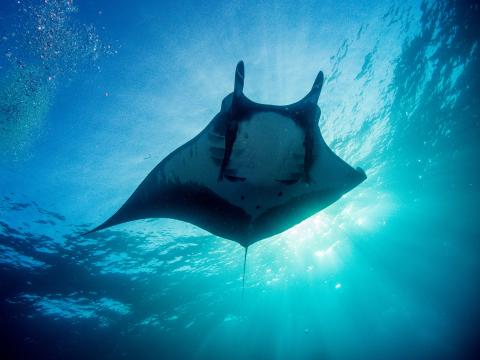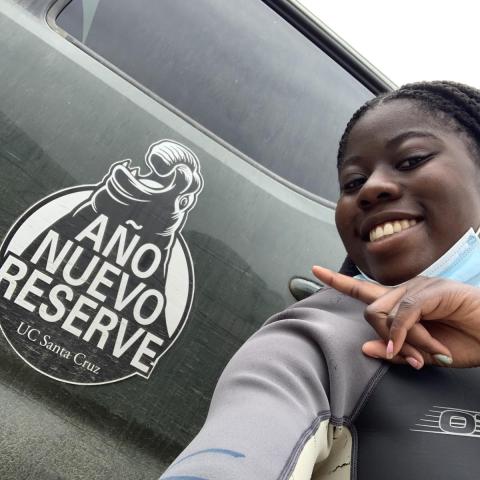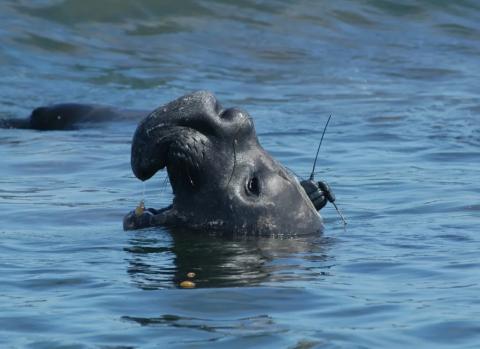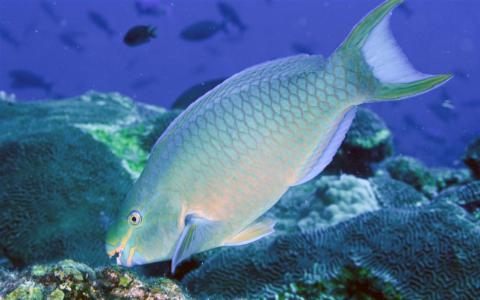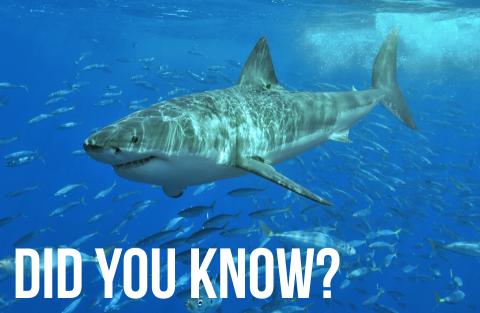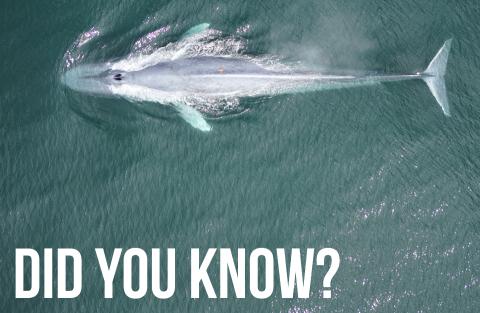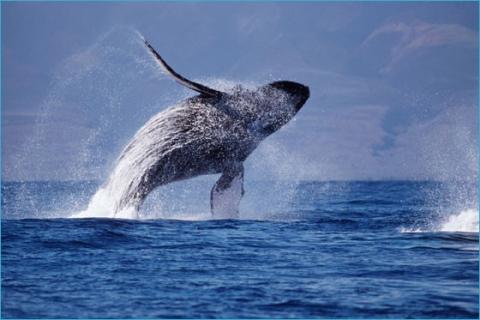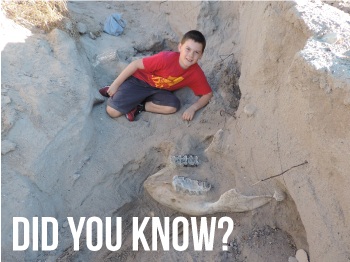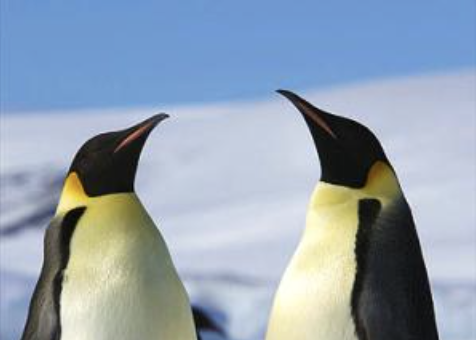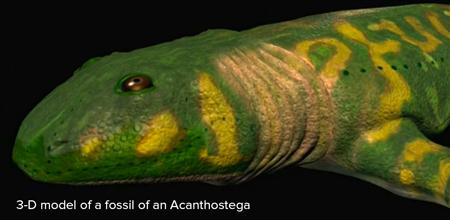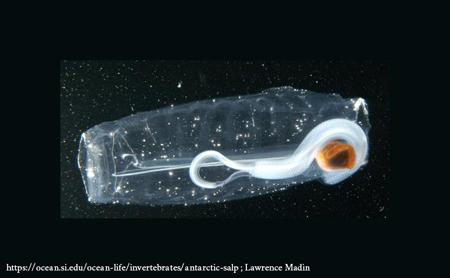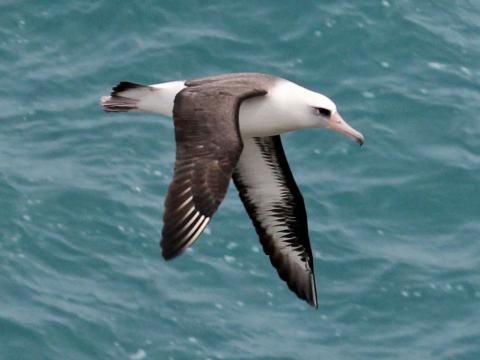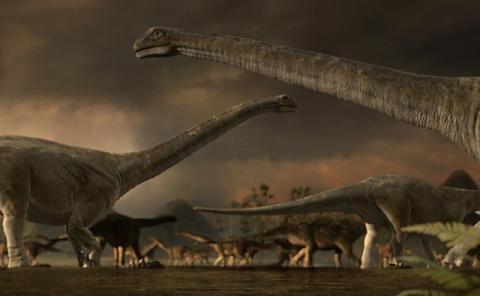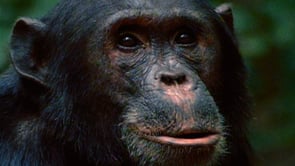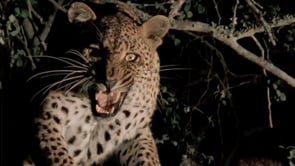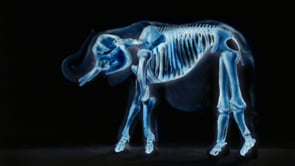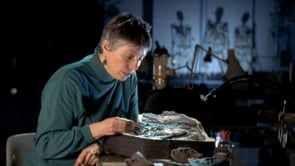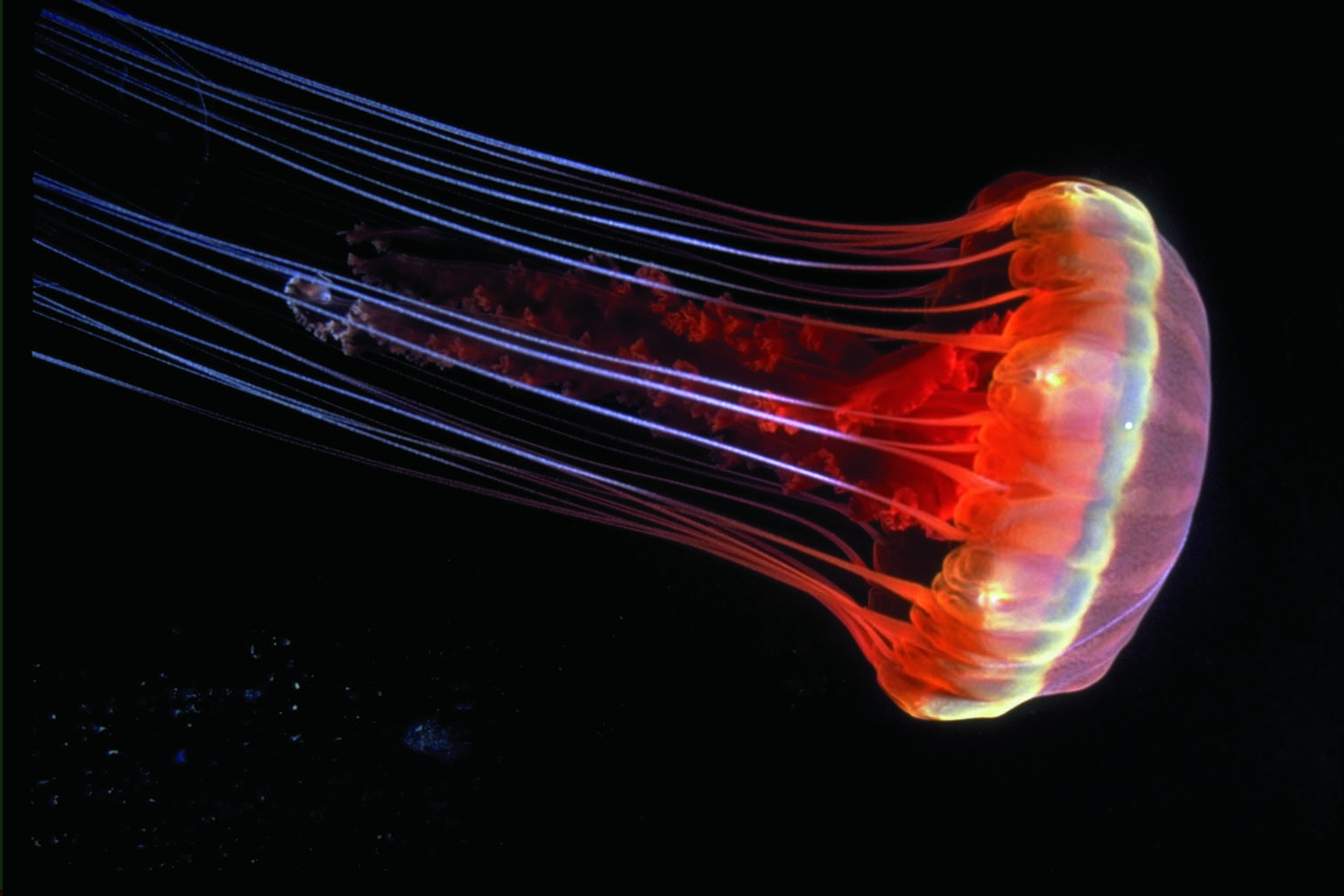

Phyla
Chordates
Associated Shape of Life Content
Sea Turtle Conservation
Sea turtles face multiple threats both at sea and on the beaches where they nest. How can we protect these charismatic creatures?
Leatherback Sea Turtle
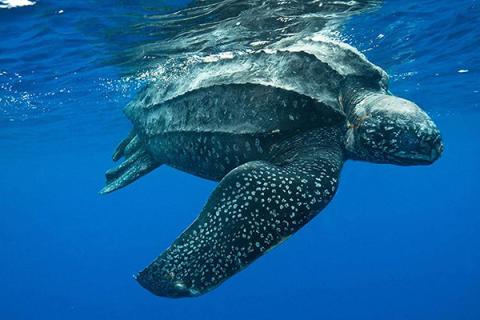
I Am the Walrus
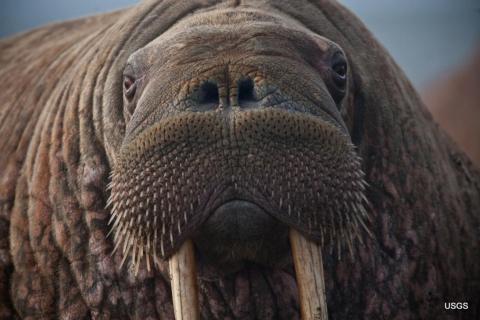
Our Chordate Family Tree

Chordates: The Voyage to Us Bones, Brawn, and Brains
"Humanity is exalted, not because we are so far above every other living creature, but because knowing them well elevates the very concept of life." - E.O. Wilson, Biophilia
Chordates: This Is Us
The chordate phylum includes both invertebrates (without backbones) and vertebrates (with backbones).
Our Chordate Family Tree
Students explore the evolution of the phylum Chordata by constructing a family tree diagram of evolutionary traits and animals.
Elephant Seals
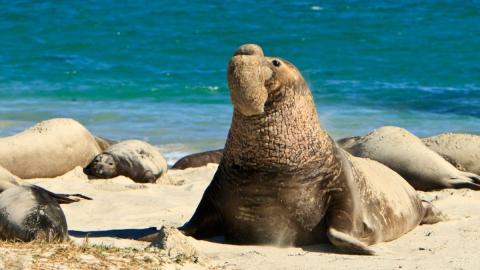
Chordates: We're All Family Questions
There are three separate lessons here based on questions.
- A list of questions about the characteristics of chordates to use after viewing the video Chordates: We're All Family.
- A Shape of Life Chordata worksheet. Students make sketches and write short answers to questions about the amazing world of chordates. This was created by Rachel Miller from Science from Scratch.
- A Powerpoint with questions to use while watching the video Chordates: We're All Family.
Paleontology of Chordates
A new study suggests that fish first swam in the shallows around the coasts of supercontinents before they diversified and conquered the world’s waters. More than 400 million years ago, ancient oceans were teeming with many fish that might seem alien in today’s seas. From the New York Times: "Where Did Fish First Evolve?
Chordates and Human Interaction
Humans have always interacted with the other chordates we share the earth with. We hunt them and raise them for food. As pets they become part of our families. They are an important part of our spiritual connection to nature. But our interactions have become more intense, impacting almost every species. Mankind has left its footprint on every corner of the globe.
Here are quotes about why birds matter from the Audubon magazine.
Chordates and Climate Change
Mammals that evolved in stable climate conditions can’t adapt fast enough. Climate change has already impacted half of the mammals on earth. Many that move north to a cooler climate don’t find enough food. Here is a US Forest Service article about the issues and possible management options.
Chordates' Role in Ecosystem
Larvaceans are tunicates that play a major role in the deepsea ecosystem. These animals build complex mucus nets that they live inside. The nets filter tiny bits of detritus and animal parts—called marine snow—that drift down to the bottom of the ocean. A larvacean mucus net is a very efficient filter. They frequently cast off their old nets when they become clogged and build new ones.
We Have Seen the Enemy and IT’S US!
Think about the biggest, most powerful predators in any system. These are called apex predators. Some that come to mind are obvious— wolves in Yellowstone, lions on the Serengeti and orcas in the Pacific Northwest. There are others in many different ecosystems, like the sunflower star in nearshore waters off Alaska. Often the large predators at the top of the food web in a particular ecosystem. But, humans are the ultimate apex predator.
Whale Communication
From where we stand on land or on a boat deck, we may think the ocean is silent; but it most definitely isn’t. In the ocean where there’s little light, many marine animals rely on sound to communicate, navigate and find food. Sound travels far and fast in the ocean: it can travel about a 1000 times farther than light underwater, and more than four times faster in water than in air.
Gray Whale
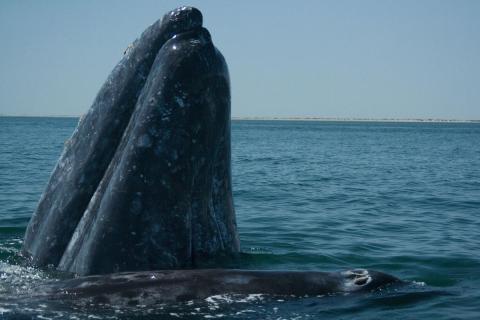
Biomimicry
Nature has inspired inventions since the first humans tried to make things. Biomimicry is the practice of looking to nature to help solve design problems. Today scientists and engineers are finding inspiration from animals and plants that may surprise you.
Paleontology Blog
What is paleontology? The word translates from the Greek as “old, being, science.” Paleontologists primarily use fossils for their study of “old beings.” Plants and animals are fossilized when they are covered by sediment and eventually minerals soak into the remains. Fossils are generally the hard parts like bones or shells. Or they can be evidence of the existence of ancient creatures like tracks and other traces.
BIODIVERSITY: Because Our Lives Depend On It!
We’re celebrating Earth Month by highlighting the importance of biodiversity for all ecosystems on earth and the animal kingdom. “Biodiversity (from “biological diversity”) refers to the variety of life on Earth at all its levels, from genes to ecosystems, and can encompass the evolutionary, ecological, and cultural processes that sustain life.” Biodiversity is the most complex feature of our planet. And, biodiversity is the most vital part of earth although it’s mostly undiscovered.
Climate Change and the Galápagos Islands
Charles Darwin’s observations on the Galápagos Islands set into motion his theory of evolution by the means of natural selection. And indeed Islands are experiments in evolution; on islands there is freedom from competition and species have access to new habitats. They have more unique species than other places.
Anglerfish
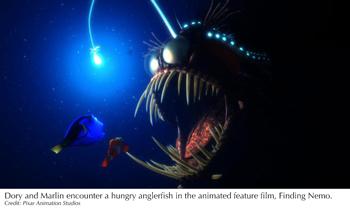
Frogs Have Pandemics Too
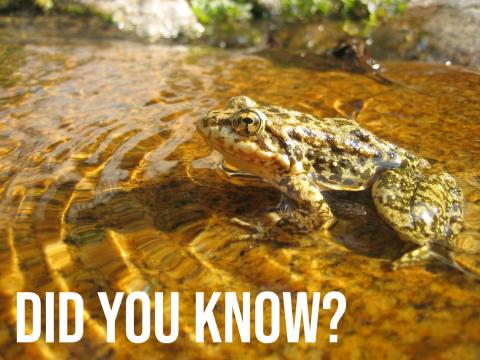
Midway Memories
Imagine being half way across the Pacific ocean on a tiny island with two million birds. That’s what I did in February just before the world locked down and the atoll closed to visitors. We were so lucky to have the chance to visit this amazing place. It was a chance in a life time for me, and what a memory I now have as I sequester at home!
By Nancy Burnett, Founder of Shape of Life
Whale Watching, Monterey Bay and Global Warming
We like to take a boat out of Moss Landing because it gets you quickly to where whales are feeding over the deep Monterey Canyon. During the upwelling season – April, May and June – cold water from the depths brings nutrients to the surface, which stimulates phytoplankton growth.
Welcome to the Plasti-Scene
“Plastic is one of the worst enemies of marine species,” the World Wildlife Fund.
We’ve all read too many headlines about plastic floating in the ocean, not breaking down, washing up on every beach, being eaten by marine creatures, and entangling lots of others. Scientists are now trying to figure out what exactly that means for all the life in the ocean – and us.
Aquariums to the Rescue!
When the Shape of Life team was in Long Beach for the National Marine Educators conference, we visited the Aquarium of the Pacific. We were admiring a giant clam when a guide heard us and said that the U.S. Fish and Wildlife Service (FWS) had confiscated this clam, as well as some others, as they were coming into the U.S. illegally. Sadly, FWS often confiscates fresh and saltwater fish and invertebrates from all over the world when they come into the U.S., mainly for the illegal pet trade. Aquariums have stepped in to help; here are some examples.
Giant clam Tridacna gigas on a coral reef
Northern Anchovy
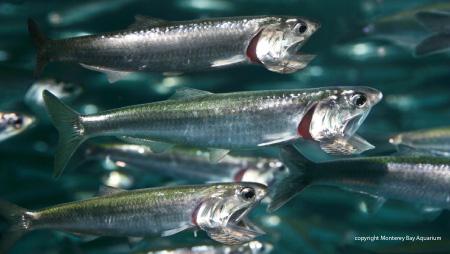
Taking Flight in Alaska by Shape of Life Founder, Nancy Burnett
I have always wanted to see flocks of migrating shorebirds on their way to their breeding grounds in Alaska. The Copper River Delta is the best place to see this spectacle, so I went there with my sister and two naturalists who have studied migratory shorebirds for decades.
Got Water? YES WE DO!
By Nancy Burnett
California is leaping for joy with all the water we received this winter. Our ponds are full of water just waiting for our amphibian friends.
I love visiting my favorite ponds to see what’s going on. In March the Western toads were already gathering. We could hardly drive at night there were so many crossing the road heading to the water.
Climate Change is Robbing Us of Tasty Food and Quality of Life
Our last blog by Jane Silberstein revealed the beauty of the coral reefs of Fiji (I wish I had been on that trip!) and how climate change affects those extraordinary reefs.
Jane shared how changing ocean chemistry – ocean acidification – makes it more difficult for corals to build their reefs because they can’t absorb the necessary calcium carbonate. It’s our actions over the last 200 years that have changed the ocean: we have released about two trillion tons of carbon dioxide into the atmosphere. And about a quarter of that has been absorbed by the oceans.
Read more about how you can help slow ocean acidification…
Humpback Whale
